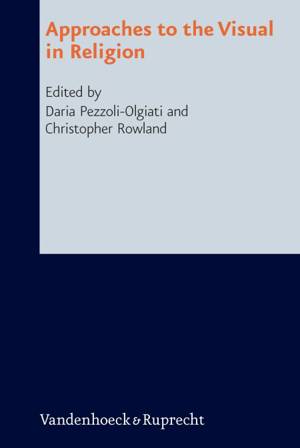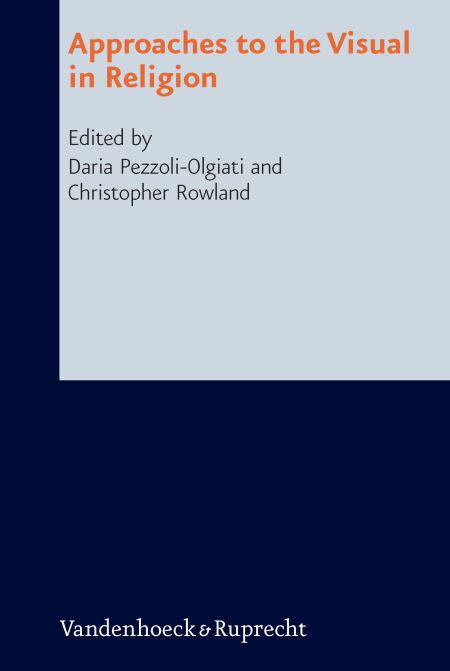
- Afhalen na 1 uur in een winkel met voorraad
- Gratis thuislevering in België vanaf € 30
- Ruim aanbod met 7 miljoen producten
- Afhalen na 1 uur in een winkel met voorraad
- Gratis thuislevering in België vanaf € 30
- Ruim aanbod met 7 miljoen producten
Zoeken
Approaches to the Visual in Religion E-BOOK
€ 89,00
+ 89 punten
Omschrijving
The authors of this volume investigate the analysis of visual sources and their indispensable role for understanding and interpreting religions, their symbol systems, and the wider traditions of which they are a part. A particular interest in this study is the focus on the methodological challenge of images from a comparative perspective. The common concern that ranges over all the contributions is the search for a methodological perspective where images may be analysed in a comprehensive way, with particular regard for the social, and wider intellectual settings, as well as the religious, in which the images are embedded. Accordingly, we seek to show that visual sources need to be interpreted from different angles. In the last decades, a broad range of publications has contributed to highlight the significance of images, and visual media in general, for understanding religious traditions, communities and discourses in both historical and contemporary perspective. In more recent research streams, focussing on visual media in religious traditions and symbol systems, various avenues have opened up and been explored focussing on the status of images and of the gaze of the viewer as central aspects. Furthermore, there are illuminating contributions dealing with the theoretical premises and settings with which to approach the visual as a central component of religion, on the one hand giving an overview of essential definitions and implications, on the other hand concentrating on specific techniques and/or media.
Specificaties
Betrokkenen
- Uitgeverij:
Inhoud
- Aantal bladzijden:
- 268
- Taal:
- Engels
- Reeks:
Eigenschappen
- Productcode (EAN):
- 9783647604428
- Verschijningsdatum:
- 15/06/2011
- Uitvoering:
- E-book
- Formaat:

Alleen bij Standaard Boekhandel
+ 89 punten op je klantenkaart van Standaard Boekhandel
Beoordelingen
We publiceren alleen reviews die voldoen aan de voorwaarden voor reviews. Bekijk onze voorwaarden voor reviews.







